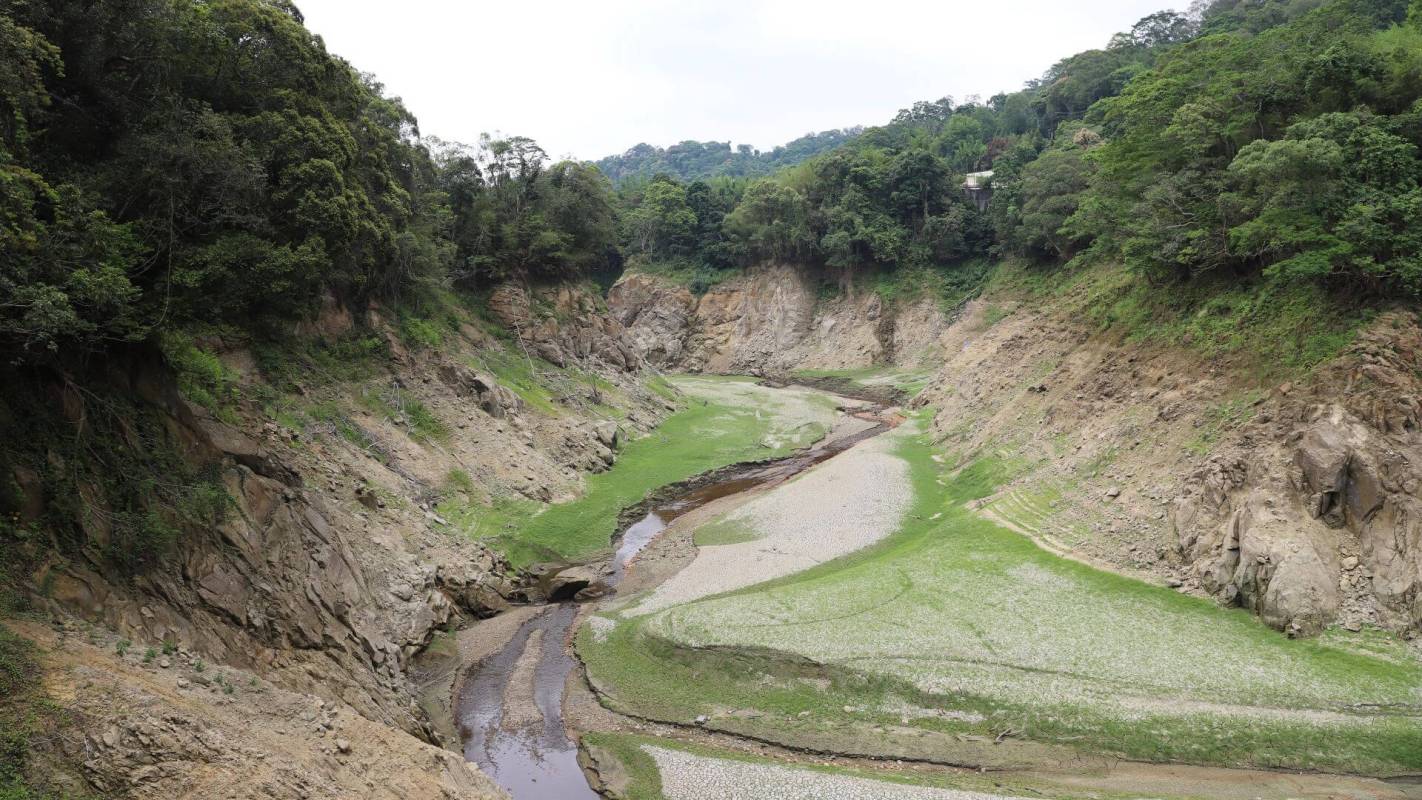Salmon are extremely important to the economy of Canada. These fish, some of the most widely eaten in North America, make up a huge part of Canada's several billion dollar fishing industry.
So when researchers at Simon Fraser University discovered a gigantic mass of dead pink salmon in the Neekas River on Sept. 29, they were mortified.
More than 65,000 salmon were found rotting in a dried up waterway before being able to spawn, as reported by Gizmodo. Researchers say that this population of pink salmon could now take up to six generations to recover, even if there are no more die-off events.
A video of the disastrous scene, posted by William Housty and shot by Sarah Mund, is circulating on Twitter, showing the utter devastation.
This is Neekas, Heiltsuk Territory. All of these salmon went into the creek, the creek dried up b/c of no rain so far this fall, and just died, and this is just one reach! Global warming is killing everything. This is such a sad scene. Video credit, Sarah Mund pic.twitter.com/vYhEKwD5mN
— William Housty (@WilliamHousty) October 4, 2022
Allison Dennert, a Ph.D. candidate who was one of the first people to see the tragedy, explained to Gizmodo that "this level of death is certainly unprecedented."
As the Earth continues to overheat, droughts and heat waves in British Columbia, which is home to the Neekas River, are becoming more common and extreme, meaning that the area will find itself experiencing abnormally low amounts of rain for months or even longer.
To compound this problem, when it's hotter outside, more water from rivers evaporates, making a lack of rainfall even more worrisome as temperatures rise due to our dependence on dirty energy sources like coal and oil.
The combination of less rain and warmer air led to many parts of the Neekas River completely drying up, creating a catastrophe for the salmon who swam to their deaths.
And when salmon suffer, so do people. Indigenous communities in Canada, such as the Heiltsuk Nation, rely on the salmon as a staple food. In addition to supporting the country's fishing industry, salmon also benefit the tourism industry by feeding charismatic animals like grizzly bears, eagles, and wolves.
This unfortunate discovery underscores the importance of protecting our planet, its natural spaces, and the people who rely on them.
But meaningful change is happening all around us, and there are tons of ways you can get involved and fight the planet's overheating.
Major cities like Chicago are transitioning city buildings away from costly dirty energy sources and over to cheaper and cleaner energy sources, like wind and solar power, leading the way for other states and countries to follow suit.
If you can afford to transition your own home to more energy-efficient technology, whether through installing solar panels or buying a heat pump, there may be a hefty tax credit available to you through the Inflation Reduction Act for doing so.
If you are in the market for a new car, you could get up to a $7,500 tax credit through the same act by going electric. And even if it's a used electric vehicle, you still may be eligible for up to $4,000.
Aside from big ticket items like home improvements and cars, which are not accessible to everyone, the act of lessening your reliance on single-use plastics by switching to a reusable water bottle or a plastic-free laundry routine can add up to make a huge impact.
Some of the most simple climate-friendly solutions can even earn you money.
Instead of disposing of your unwanted items so they can rot in a landfill, there are many services that will offer you discounts on new gear or even straight-up cash for your old clothing, underwear, socks, and sneakers.
And remember — finding ways to talk about our changing climate and how it impacts our communities with your friends and family is impactful.
Follow The Cool Down on Instagram and TikTok.








